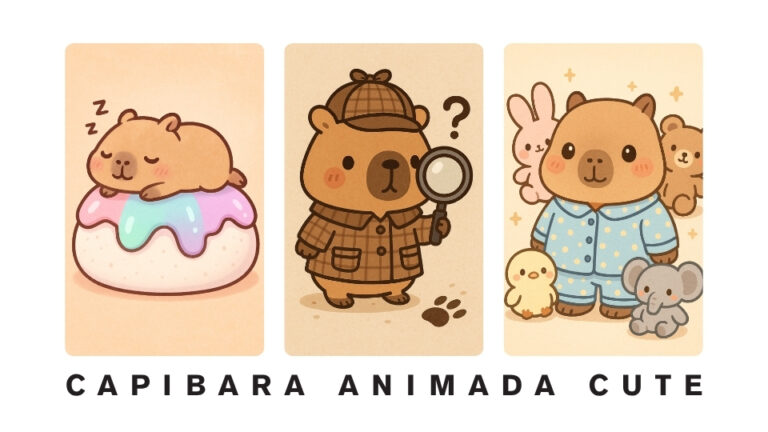Capybaras, the largest rodents in the world, are not just fascinating due to their size and social behavior, but also because of the unique sounds they make. Capybaras communicate through a variety of noises that are as intriguing as they are important for their survival and social interaction.
Capybara Chattering
The Alarm Bark
One of the most distinct sounds made by capybaras is the alarm bark (below is the video of the sound bark). This sharp, loud bark is used to alert other members of the group to potential danger. When one capybara senses a threat, such as a predator, it emits this bark, prompting the group to quickly retreat to water for safety.
Purring and Muttering
Capybaras are known to make a purring sound, similar to that of a cat, especially when they are content and relaxed. This sound is often heard during social grooming sessions, which play a crucial role in establishing and maintaining bonds within the group. Additionally, they make soft muttering noises while foraging or during casual interactions, which helps maintain contact without startling each other.
Whistling and Clicking
During mating season, male capybaras may produce a series of whistles and clicks as part of their courtship behavior. These sounds are used to attract females and may also play a role in establishing dominance among males.
Squealing and Grunting
Young capybaras are particularly vocal, emitting squeals and grunts. These sounds are usually calls for attention or help from their mothers. The mother responds to these calls, ensuring the safety and well-being of her young.
Tooth Chattering
Tooth chattering is another sound in the capybara’s vocal arsenal, often used as a sign of aggression or annoyance. This sound is typically heard during disputes over food or territory.
The Importance of Sound in Capybara Society
Capybara sounds play a crucial role in their social structure and survival. Their vocalizations facilitate communication within their large groups, known as herds, which can consist of up to 100 individuals. These sounds help maintain group cohesion, establish social hierarchies, and ensure the safety of the group members, especially when it comes to predator awareness.
Conclusion
The vocalizations of capybaras are a testament to their complex social structures and adaptive behaviors. Understanding these sounds not only gives us insight into the lives of these fascinating creatures but also highlights the importance of communication in the animal kingdom. As we continue to study and appreciate the unique characteristics of capybaras, their distinct noises remind us of the diverse and intricate ways animals interact with each other and their environment.
If you like capybaras very much, you can try to choose personalised keyrings to carry with you. You can use the capybara as a prototype, and then choose the various forms you want, and you can also add some of your small designs. For example, if you like the sound of capybaras very much, you can choose to make personalised keyrings with sound, or you can also print the QR code of the interesting capybara video you want to share on the personalised keyrings. When someone is interested in your keyrings, they will see some interesting videos about capybaras through your keyrings, and you can also meet a group of good friends who also like capybaras through it.


